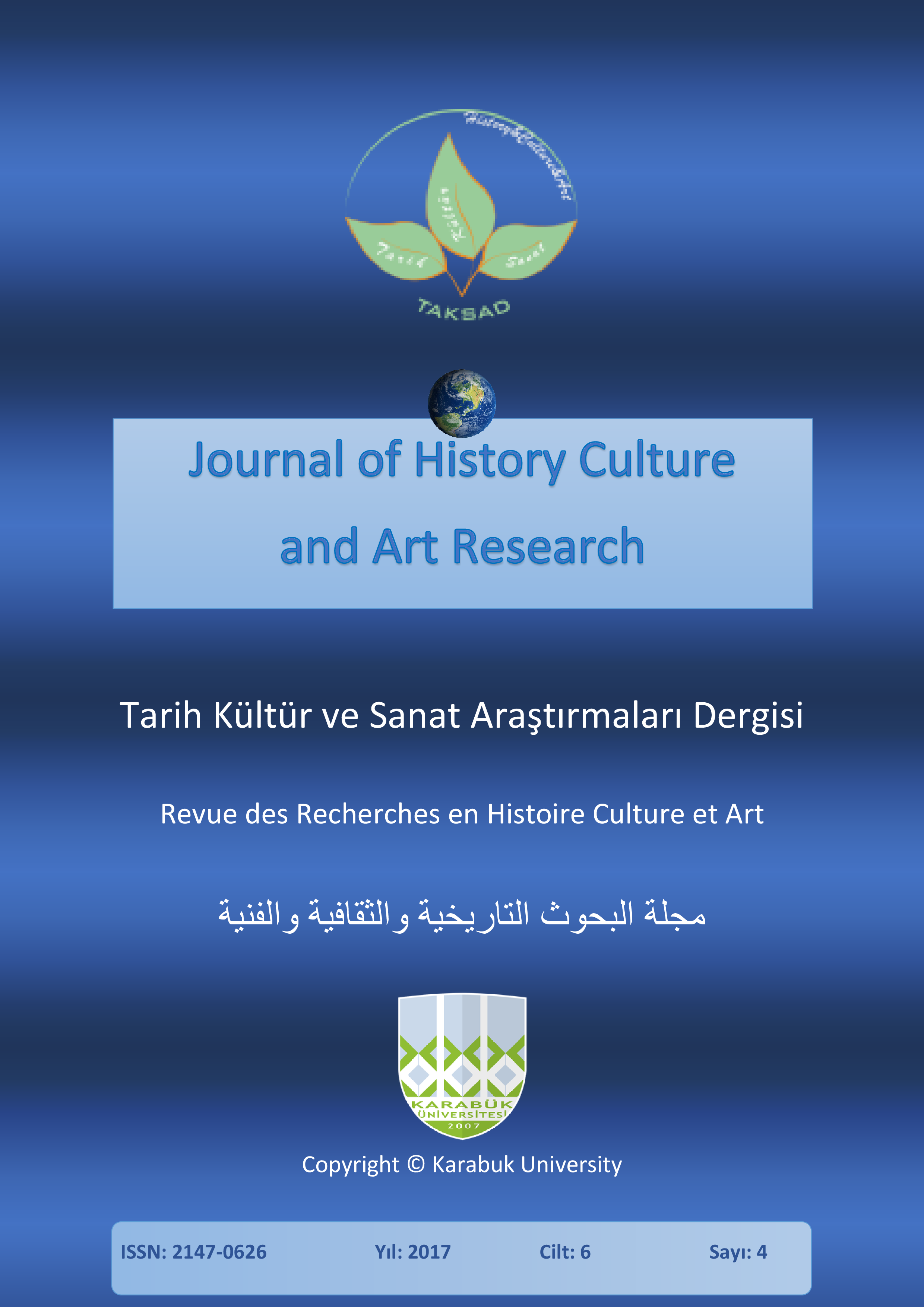Political Cults as a New Phenomenon of Religious Studies
DOI:
https://doi.org/10.7596/taksad.v6i4.1143Keywords:
Political cult, Religious and political associations, Religion politicization, New religious movements, Party.Abstract
The article investigates the study of political cults, the emergence of which is the result of ongoing processes in the religious sphere in the post-secular period. These processes include the active formation and development of new religious movements and politicization of the religion. The growth of their influence is due to a number of reasons. Firstly, the post-Soviet period was characterized by a crisis of religious and national identity, which facilitated the growth of people's interest in the non-traditional religiosity. Secondly, there was an increase in the desire of religious groups to participate in the political process by any means in the 90s. As a result, such processes generate a controversial phenomenon of "political cult". This article includes an attempt to consider and analyze the approaches to the definition of the "political cult" concept available in the current literature. To this end, we have chosen a systematic approach that enables, considering the constructivist and instrumental features of this phenomenon, to consider it from the point of view of a structural, functional and strategic model. This approach made it possible to identify specific features of the political cult, distinguishing it from political parties and individual religious-political entities.
References
Dorraj, M. (2006). The political sociology of sect and sectarianism in Iranian politics: 1960-1979. Journal of Third World Studies, 23(2), 95-117.
Evans, G. (1998). Political Cults in East and Southeast Asia. Facets of Power and its limitations. Political Culture in Southeast Asia, 21-32.
Martinovich, V. А. (2015). Unconventional Religiosity: Origin and Migration: Materials to Study the Non-Traditional Religiosity, Volume 1, foreword by L. I. Grigoryeva. Minsk: Minsk Theological Academy.
O’Toole, R. (1976). “Underground” Traditions in the study of Sectarianism: Non-Religious Uses of the Concept “Sect”. Journal for the Scientific Study of Religion, 15(2), 145-156.
Putintsev, F. M. (1935). Political Role and Tactics of the Sects. М.: State Antireligious Publishing House.
Tourish, D. & Wohlforth, T. (2002). On the edge: Political cults right and left. ME Sharpe.
Zdorovets, Ya. I. & Mukhin, A. (2005). Confessions and Sects in Russia: Religious, Political and Economic Activities. Center for Political Information.
Downloads
Published
How to Cite
Issue
Section
License
All papers licensed under Creative Commons 4.0 CC-BY.- Share — copy and redistribute the material in any medium or format
- Adapt — remix, transform, and build upon the material for any purpose, even commercially.
Under the following terms:
Attribution — You must give appropriate credit, provide a link to the license, and indicate if changes were made. You may do so in any reasonable manner, but not in any way that suggests the licensor endorses you or your use.
- No additional restrictions — You may not apply legal terms or technological measures that legally restrict others from doing anything the license permits.







